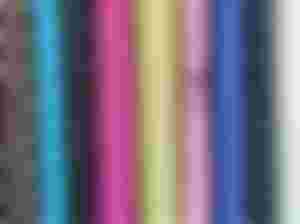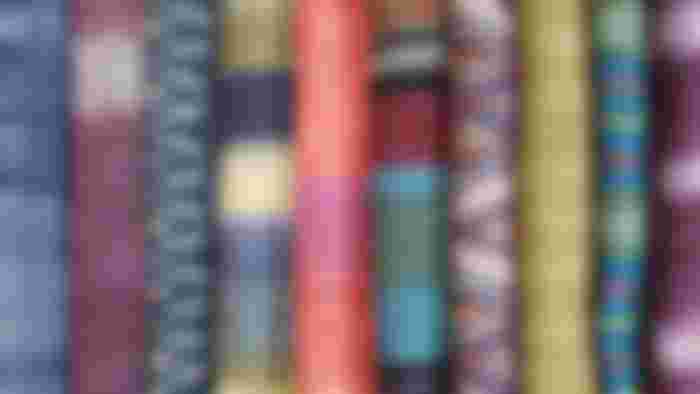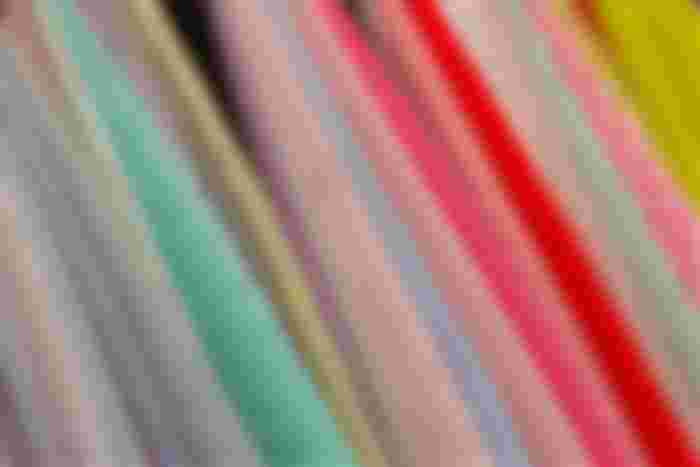Food, shelter and clothing are the basic needs of everyone. All clothing is made from Textiles and our shelters are made more comfortable and attractive by the use of textiles. Textiles have such an important bearing on our daily lives that everyone needs to know something about them. From earliest times, people have used textiles of various types for covering or modesty, warmth, personal adornment, to display personal wealth and even for biomedical and technical purposes.

A study of textiles will show, for example why certain fabrics are more durable and serviceable for specific purposes. Complete knowledge of textiles will facilitate an intelligent appraisal of standards and different qualities of textile products.

The word "textiles" comes from the Latin term textere, "woven". Today the word textile is more generalized to refer to product made from fibres.

A "fibre" is defined as any product capable of being woven or otherwise made into a fabric. It may be thought of as the smallest visible unit of textile production 'or' a fibre can be defined as a pliable hair like strand that is very small in diameter in relation to its length. Fibres are the fundamental units or the building blocks used in the making of textile yarns and fabrics.

Where as "yarns" are produced by twisting or spinning of the textile fibres and in turn a fabric is a planar structure produced by interlacing or interloping of yarns.

Classification of Textile Fibres:
The textile industry uses many fibres as its raw materials. As a result of the development of new fibres, difficulties arise in textile industry in terms of identification, classification. Hence, classification of textile fibres was compounded by the trained manufactures to identify each of the fibres with the different trademarks. Textile fibres are classified according to the source and the length of the fibres.






